 How does a Worm Reproduce?
How does a Worm Reproduce?
Composting worms have 3 jobs: eat, poop, and make babies. But, how do worms make babies? In this article, you will learn all about Earthworm Reproduction, including the reproductive anatomy of an earthworm and exactly how worms reproduce.
Reproductive Anatomy of an Earthworm
Earthworms are hermaphroditic. Which means that are neither male nor female. Instead, each worm has a complete set of reproductive anatomy, male and female organs. This does not mean that worms can reproduce by themselves, they need to find another sexually mature worm to mate with. Any mature worm can reproduce with any other mature worm in the worm bin. This may sound strange to us humans but it makes increasing your population very easy because each worm has so many more potential partners.
Sexually mature worms can be identified by their clitellum, the thick band located near the worm’s head. If you have ever played with large nightcrawler earthworms in your backyard, you know what I am talking about. The clitellum is the earthworm’s reproductive organ.
How do Worms Make Babies?
Earthworm reproduction begins with the reproductive act, which lasts for around 3 hours. Earthworm reproduction starts with two mature worms giving each other a hug. They line up their clitellum and then hold on to each other’s bodies with tiny hairs called setae. During this hug, the worms swap reproductive seminal fluids. Next, the worms secrete mucus rings around both their bodies. The visual effect is that it makes the worms look like they are tied together with very fine fishing string. These mucus rings are the beginnings of the shell of the worm cocoon.
 When the worms begin to separate, the mucus rings slide off each worm collecting fertilized reproductive seminal fluids as it moves along the worms’ bodies. When the mucus ring gets to the end of the worm, the ends of the mucus ring seal themselves creating the cocoon which contains all the necessary reproductive material. The cocoon then separates from the worms to develop.
When the worms begin to separate, the mucus rings slide off each worm collecting fertilized reproductive seminal fluids as it moves along the worms’ bodies. When the mucus ring gets to the end of the worm, the ends of the mucus ring seal themselves creating the cocoon which contains all the necessary reproductive material. The cocoon then separates from the worms to develop.
Red Wiggler Earthworm Cocoons
The red wiggler worm cocoon is small and lemon shaped. The hatchlings inside the cocoon grow for a little over three months before they hatch. Each cocoon usually hatches 2 to 4 baby red wiggler worms.
 Amazingly, worm cocoons can hibernate. If conditions in nature or in your worm composting bin are not stable enough for baby worms to survive (extreme temperatures, low moisture), hatching is delayed until conditions improve. Once the conditions do improve, the reproductive cycle is completed and the baby worms emerge completing the earthworm reproduction cycle.
Amazingly, worm cocoons can hibernate. If conditions in nature or in your worm composting bin are not stable enough for baby worms to survive (extreme temperatures, low moisture), hatching is delayed until conditions improve. Once the conditions do improve, the reproductive cycle is completed and the baby worms emerge completing the earthworm reproduction cycle.
Baby Red Wiggler Composting Worms
Red worm hatchlings are very tiny white colored worms when they emerge from their cocoons. In roughly one day the white color begins to transition to the red that that they will have as adults. Don’t confuse white hatchling red wiggler worms with pot worms which are also small and white. Pot worms are another variety of worm that live happily in a worm bin or compost pile. While pot worms aren’t by themselves a bad thing (they also help with decomposition), pot worms thrive in different conditions than red wigglers. So, if you have a pot worm infestation your worm bin or compost pile is not set up well for your red wigglers to thrive.
In 9 weeks your baby red wiggler worms will grow to maturity and be ready to start the earthworm reproduction cycle all over again.
Did you find this article on Earthworm Reproduction interesting? Please share it with a friend and check out: How do Worms Eat?
-
Comments ( 3 )



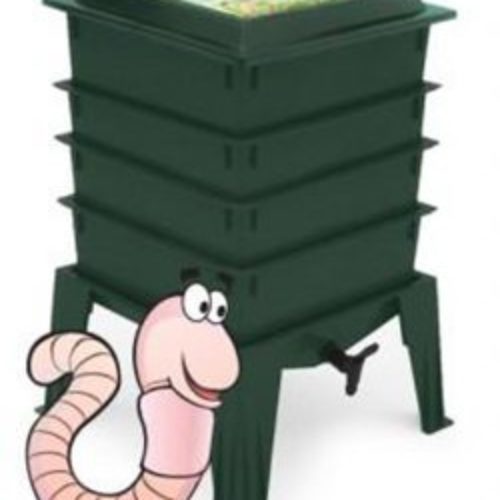

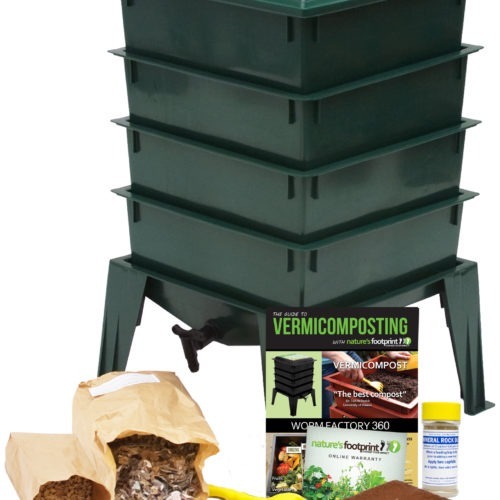
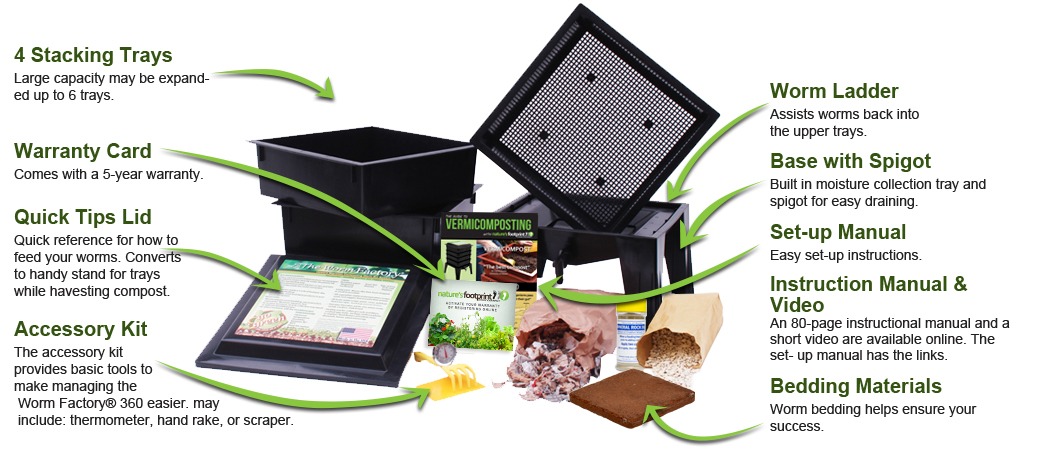
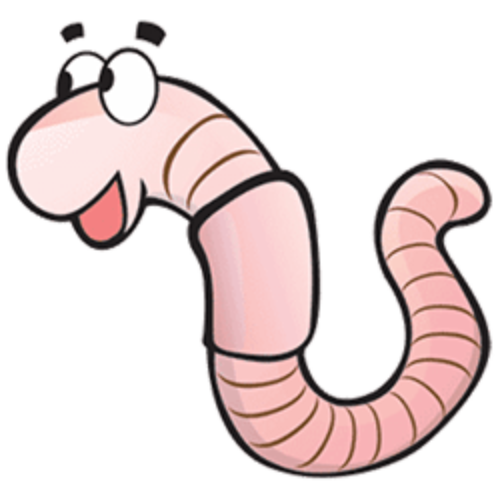
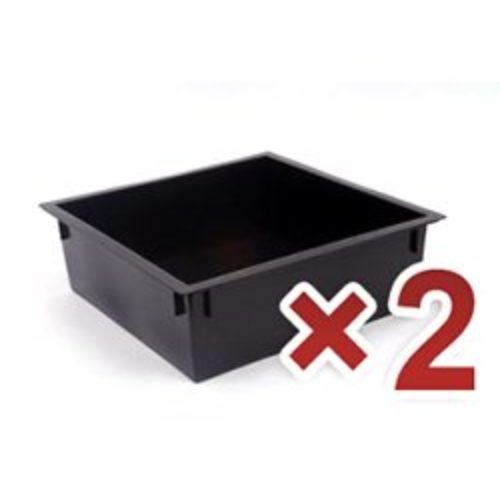
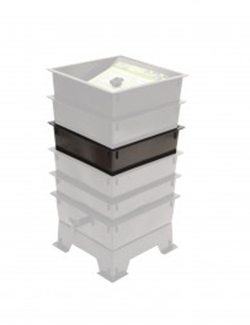


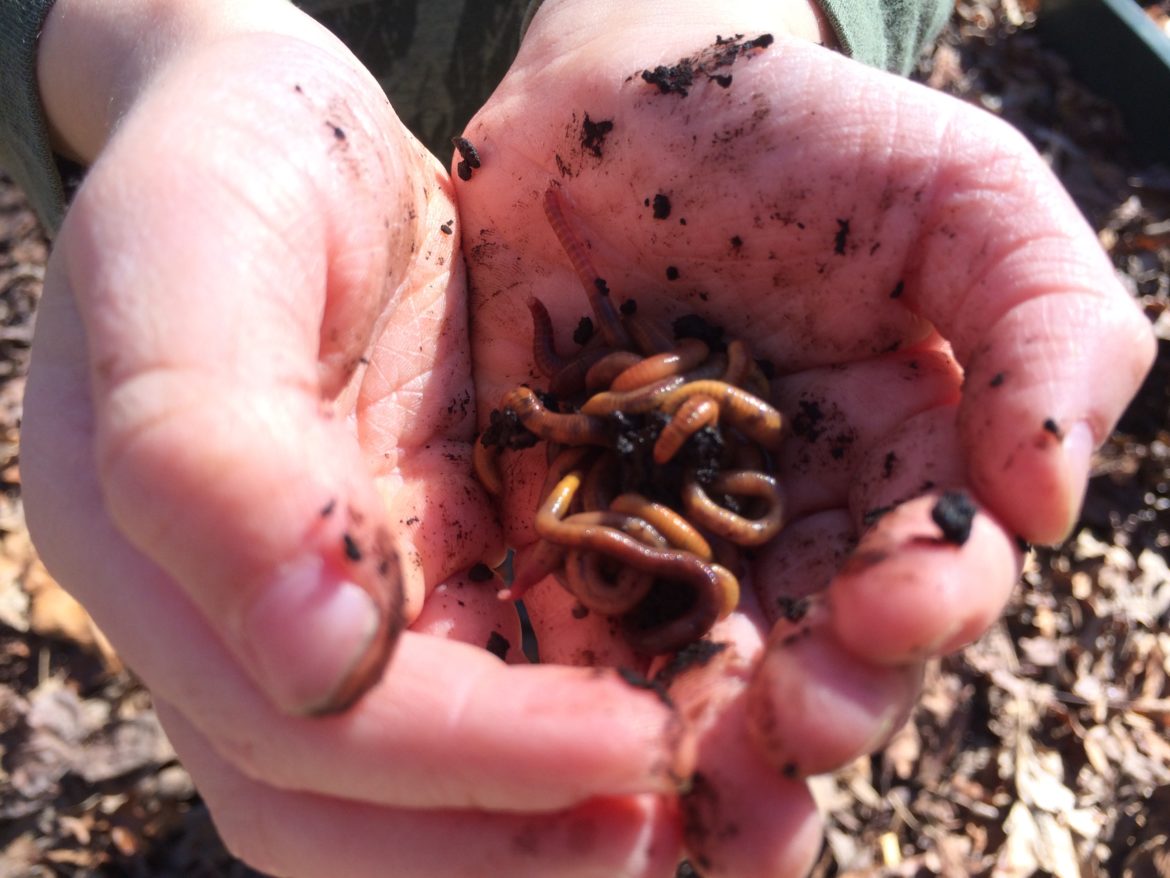
Tom Cahill
/ 15 Oct 2014Fantastic information. I have had a worm bin for about 6 months now observing things as I add material from time to time within it. As I harvested the their poop to dry out for next year’s garden and worm tea and noticed the eggs within the poop. Not sure if I should put the poop back in the bin to hatch during the late fall/winter, or leave them where they are. Any suggestions?
Henry Owen
/ 30 Oct 2014Thanks Tom, glad you found the article helpful. It is up to you what to do with the vermicompost with the eggs in it. If you add it to the garden they will hatch and die or leave relatively quickly because red wigglers don’t prefer garden soil. If you add it back to your bin, they will hatch and increase your worm population. Your choice may depend on the current state of your worm population in your bin. Is it already maxed out? Or, do you have a low population that you are trying to expand?
Tom Cahill
/ 30 Oct 2014I initially took some of the castings from the bin, dried them out, then started some new attempt to develop more castings. After a while I realized that the dried out castings were very hard and has some partially decomposted stuff in it. I just added it back into the bin and the worms are having a blast with it. I will monitor it during the cooler/freezing months to see how it goes. I moved it from the outside near the chimney, to the inside of the garage which stays about 40 during the winter here in south central PA.